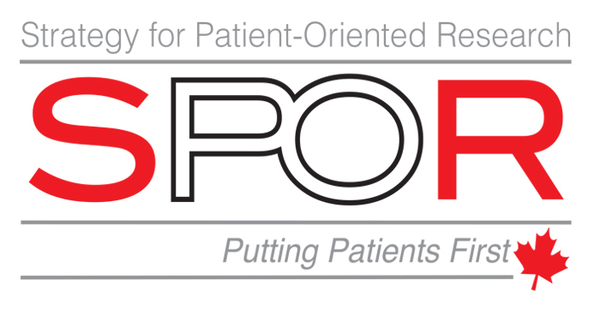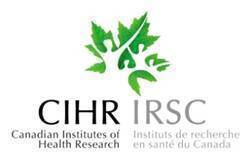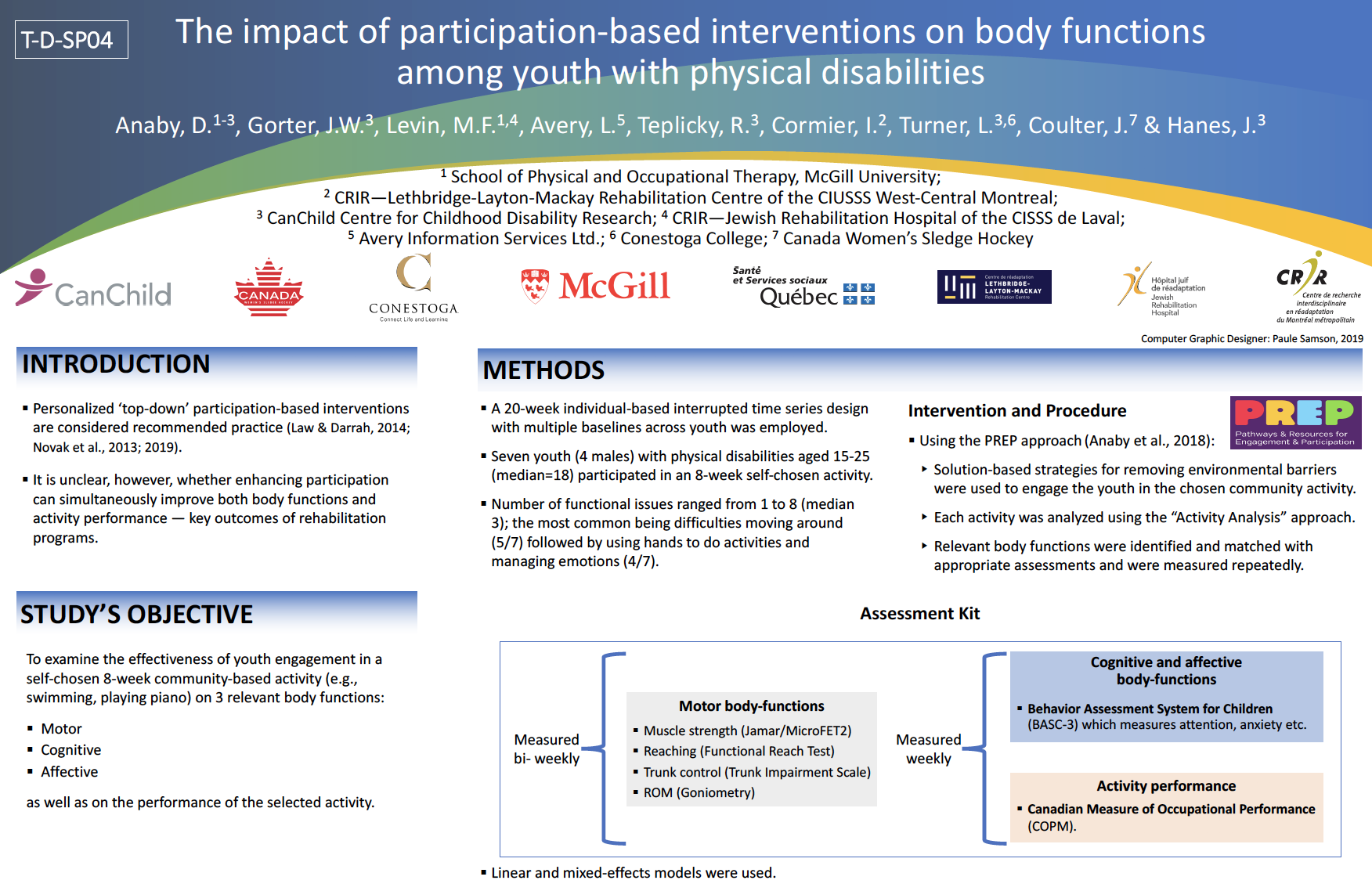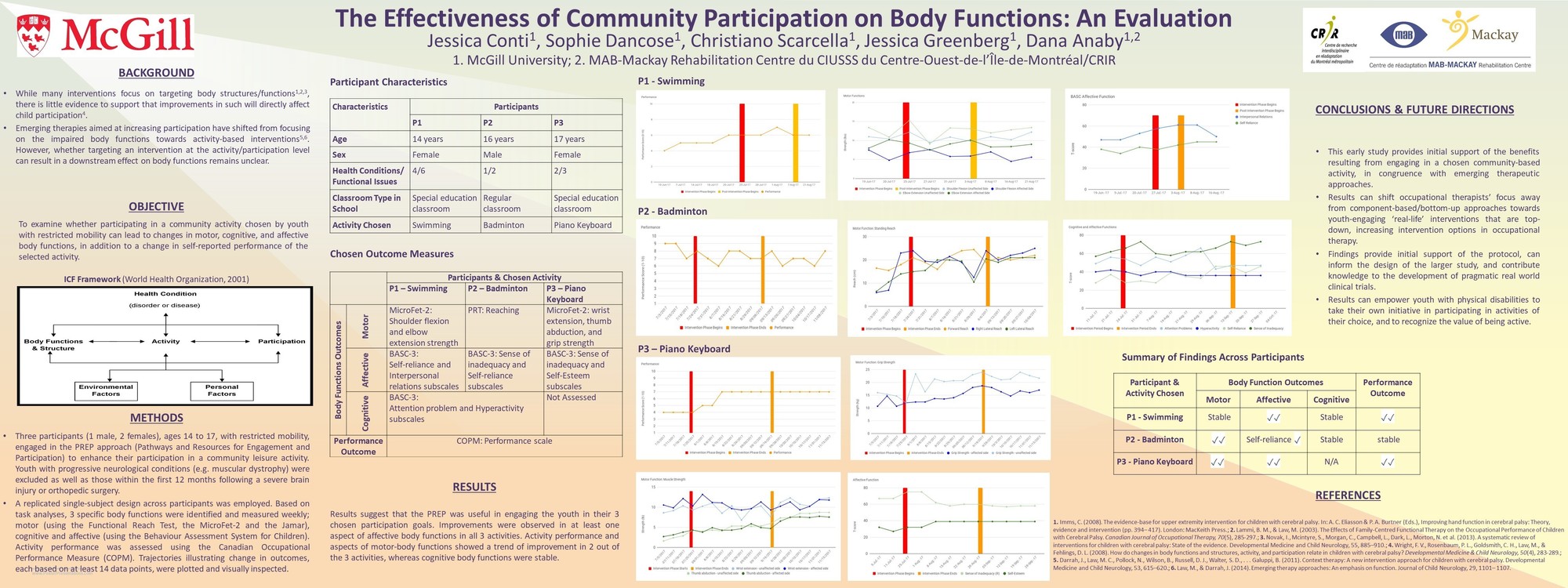The effectiveness of community participation on body functions
Can participation in community activities improve motor and mental functions of youth with physical disabilities? Uncovering the various benefits of participation
Youth with physical disabilities face greater restrictions to participation in community-based activities than their typically developing peers, which can lead to poor health outcomes. Emerging treatment approaches aimed at improving activity and participation have shifted from focusing only on impaired body functions towards the performance of functionally meaningful activities within the youth’s natural environment. It is unclear; however, whether targeting intervention at the activity/participation level can, at the same time, result in improvement of personal functional skills (e.g., reaching) and body functions (e.g., range of motion, self-esteem, attention) –components also important to address and maintain within the rehabilitation process. Together with key community-based stakeholders including youth/parents, clinicians, and policy-makers, we plan, therefore, to examine whether engaging in a 8-week community-based activity (e.g., joining a sledge hockey team, boccia, playing the guitar, drawing), through the PREP, can lead to a significant improvement in three key body functions: motor, cognitive and affective functions. Eight youth with physical disabilities will take part in the study and engage in an activity program of their own choice. Changes in their body functions (e.g., movement-related functions, attention, behaviour, mood) will be measured multiple times before, during and after the engagement in an individualized activity/program. Findings of this pilot study analyzed with input from key stakeholders can advance our understanding about methods for testing complex and unique ‘real life’ individual-based interventions that are highly relevant to practice. This can guide clinicians, families and policy-makers to select effective approaches that not only promote participation but can also facilitate additional (motor and mental) benefits from one single intervention. Such findings may also reduce the burdens on the healthcare system as well as on the youth and families.
Research Team
Principal Investigator:
Co-Investigators:
Dr. Mindy Levin
Collaborators:
Maia Aziz
Isabelle Cormier
Allison Leduc
Janice Coulter
For more information please contact the research coordinator at participation.environment2@gmail.com.
Posters and Publications
Anaby D., Avery L. Gorter JW., Levin FM., Teplicky R., Turner L., Cormier I., Hanes J. (2019). Improved body functions through participation in community activities of young people with physical disabilities. Developmental Medicine & Child Neurology. https://doi.org/10.1111/dmcn.14382
Conti J, Dancose S, Scarcella C, Greenberg J, Anaby D. (2018). The effectiveness of community participation on body functions: An evaluation. Poster presented at the Canadian Association of Occupational Therapists Conference, Vancouver, BC, June 20-23, 2018.
Funding Agencies




